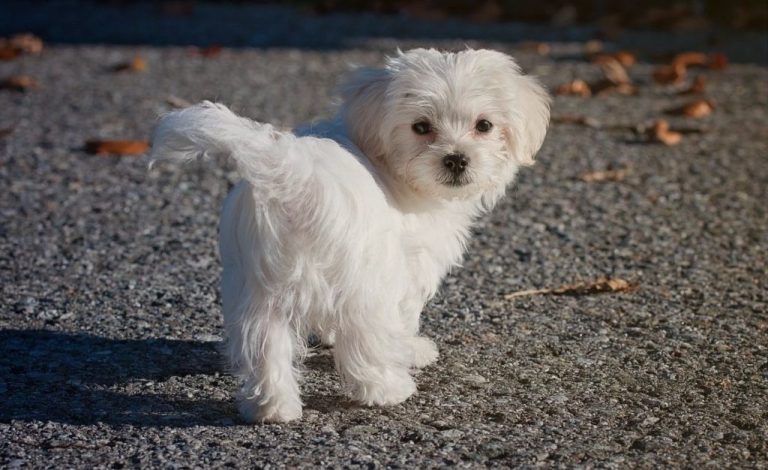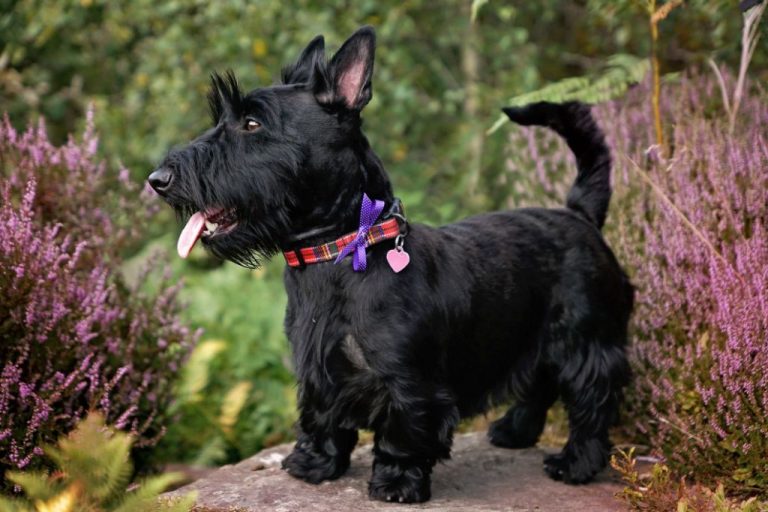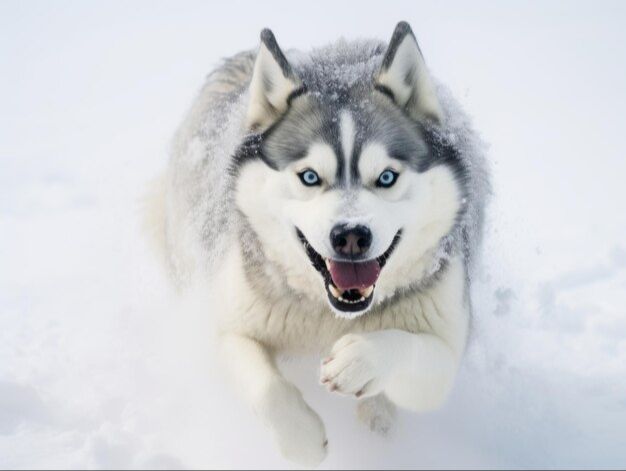Boxer: Characteristics And Personality Traits
The Boxer is a medium to large breed of working dog that originated in Germany in the late 19th century. They were originally developed from the now extinct Bullenbeisser breeds and into the Boxer we know today by crossing with English Bulldogs. Boxers are known for their strong, muscular build, square head, and energetic yet loyal temperament. They make excellent family companions and working dogs due to their playfulness, patience with children, protective instincts, and intelligence.
Originally bred as hunting and guard dogs, Boxers later transitioned into being used by the military and police, as well as performing in the circus. Today they are primarily companions and show dogs, but still retain their working dog characteristics of confidence and bravery.
Key defining traits of the Boxer include their short, shiny coat, dark brown eyes, square jaw, and signature “boxing” front paws that give the breed its name. They have a energetic spirit but are also devoted and affectionate with family. Their fun-loving and gentle character makes them a popular choice for an active household.
Appearance
Boxers are medium-sized, short-haired dogs. The Boxer breed standard dictates that adult males should weigh 60-70 pounds and stand 21.5-25 inches tall at the shoulder; adult females should weigh 50-60 pounds and stand between 21-23.5 inches tall.
Boxers have a square, muscular build with a broad, deep chest and athletic legs. Their head is typically large with a blunt muzzle and a short, square underbite that gives them a playful expression. Boxers have a short, smooth coat that lies tight to the body. The AKC breed standards recognize fawn and brindle coat colors, often with white markings.
Fawn coats can range from a light tan to a rich red color. Brindle coats have a fawn base color streaked with black stripes. A Boxer’s coat may also have some white markings, usually on the chest, belly, feet, and sometimes parts of the face. All-white Boxers also occur occasionally. Overall, Boxers have a very distinctive look with their muscular bodies and expressive faces. (Source)
Temperament
The Boxer is known for its playful, energetic, and loyal temperament. They are intelligent dogs that form strong bonds with their families. Boxers are protective by nature and make great watchdogs, but are not aggressive dogs. They get along well with children and thrive in a family environment.
Boxers have often been described as “clownish” due to their fun-loving and goofy personality. They keep their playful puppy-like behavior well into adulthood. Boxers are active dogs that require a good amount of daily exercise and stimulation. A Boxer that does not get enough activity can become rambunctious and destructive.
While energetic and silly at times, the Boxer is a bright dog that is eager to please its family. Boxers are highly trainable with consistency and positive reinforcement. Their intelligence makes them quick learners. With early socialization and training, the Boxer excels as a family companion.
Activity Level
The Boxer dog is known for having a high energy level and plenty of stamina. This breed needs a substantial amount of daily exercise to stay happy and healthy. According to Barkercise, Boxers should get around 90 minutes of exercise per day. This can be a combination of on-leash walks and off-leash playtime and running. Boxers have lively, exuberant personalities and love to run around outside exploring their surroundings. They are not well-suited to a sedentary lifestyle and do best in active homes with owners who can give them adequate outlets for their energy through interactive play, hiking, jogging, or other vigorous activities.
With their athleticism and endurance, Boxers make excellent exercise companions for runners, cyclists, and sports enthusiasts. Their energy makes them better suited for a suburban or rural setting rather than an apartment in the city. Boxers should have access to a securely fenced yard where they can burn off some steam each day. Without proper exercise, Boxers may become restless or even destructive. An active lifestyle helps satisfy their exercise needs, prevents boredom, and promotes better behavior in this energetic breed.
Trainability
Boxers are eager to please dogs who respond exceptionally well to training, especially positive reinforcement techniques. According to Royvon, Boxers are “highly trainable” dogs who aim to satisfy their owners. With persistence and positivity, Boxers can learn cues and commands relatively quickly. Their energetic and playful nature makes them well-suited to learning tricks and participating in canine activities like agility. Boxers wish to form close bonds with their family, so they are motivated to succeed during training sessions. While Boxers can be stubborn at times, their innate desire to delight their loved ones enables them to excel in obedience and other dog sports when handled patiently and affectionately.
Health
Boxers are prone to certain health conditions, like cancer and heart disease, that can impact their lifespan. According to PetMD, common health issues for the Boxer breed include:
Cancers: Boxers have an increased risk for cancers like mast cell tumors, brain tumors, and skin cancers compared to other breeds. Owners should monitor their Boxer for any unusual lumps or skin changes.
Dilated Cardiomyopathy: This heart condition causes the heart to become enlarged and beat irregularly. It can lead to heart failure if left untreated. Symptoms include lethargy, coughing, and fainting.
Arrhythmogenic Right Ventricular Cardiomyopathy: Also known as “Boxer cardiomyopathy,” this genetic heart disease causes an abnormal heart rhythm. Affected dogs may experience collapse, weakness, or sudden death.
The average lifespan for Boxers is 10-12 years. With proper health screening, diet, and exercise, Boxers can live a full life. However, their predisposition to serious conditions like cancer means their lifespan is shorter than some breeds. Owners should monitor their Boxer’s health closely and discuss any concerns with their veterinarian.
Grooming
Boxers require minimal grooming thanks to their smooth, short coats (Mishkagrooming, 2022). They only need occasional brushing, about once or twice a week, to remove dead hair and distribute skin oils. Use a rubber brush or hound mitt to easily brush a boxer’s short coat. With minimal shedding, boxers do not require frequent bathing. Only bathe a boxer when truly necessary using a mild shampoo to avoid drying out their skin (Pinterest, n.d.). Pay particular attention to cleaning the facial wrinkles to prevent irritation or infection. It’s important to also regularly clean and check their ears for signs of infection.
Boxers need their nails trimmed every 2-3 weeks to prevent splitting and cracking. Introduce nail trimming early to get them comfortable with having their paws handled (TikTok, n.d.). It’s also smart to brush their teeth 2-3 times per week to promote good dental hygiene.
Living Conditions
Boxers are adaptable dogs that can thrive in apartments or houses, as long as they get sufficient daily exercise (American Kennel Club). Although they are large dogs, they are low maintenance and don’t require a yard. Boxers are quite active indoors and can get their exercise through play. However, they should be taken on at least one long walk per day. Boxers prefer cool climates and don’t do well in hot, humid weather. They should be kept inside in air conditioning on very hot days (PetMD). With proper exercise, Boxers can adapt to any home.
Popularity
The Boxer is one of the most popular dog breeds in the United States. According to the American Kennel Club, the Boxer is consistently ranked as one of the top 10 most popular breeds year after year. In fact, the Boxer was ranked as the 11th most popular dog breed in the US by AKC registration statistics in 2020.
One reason for the Boxer’s popularity in the US is its playful and energetic personality that makes it a great family companion. Boxers are very patient with children but also love to play, making them a popular choice for active families. Their moderately-sized build is also suited for many living situations from apartments to houses.
Conclusion
In summary, the Boxer is a dog breed with a unique appearance and lively personality. They are medium-sized, muscular dogs with short coats and distinctive square heads. While playful, Boxers are also loyal and protective of their families. They make great family pets for active households that can provide adequate exercise and plenty of interaction and activities to keep them mentally stimulated.
Boxers are generally even-tempered and adaptable to a range of living situations. They are intelligent dogs that respond well to training and consistent leadership. They have high activity levels, needing around an hour of exercise per day. When properly trained and socialized, Boxers do well with children and other pets. Due to health conditions like cancer, cardiomyopathy and bloat, responsible breeding and preventative vet care are important.
Boxers form very strong bonds with their families. Their loving, fun-loving nature makes them a delightful companion for the right owner. With their boundless energy, patience and consistency are needed during training. For those willing to put in the time and effort, Boxers can make for a loyal best friend for many years to come.






